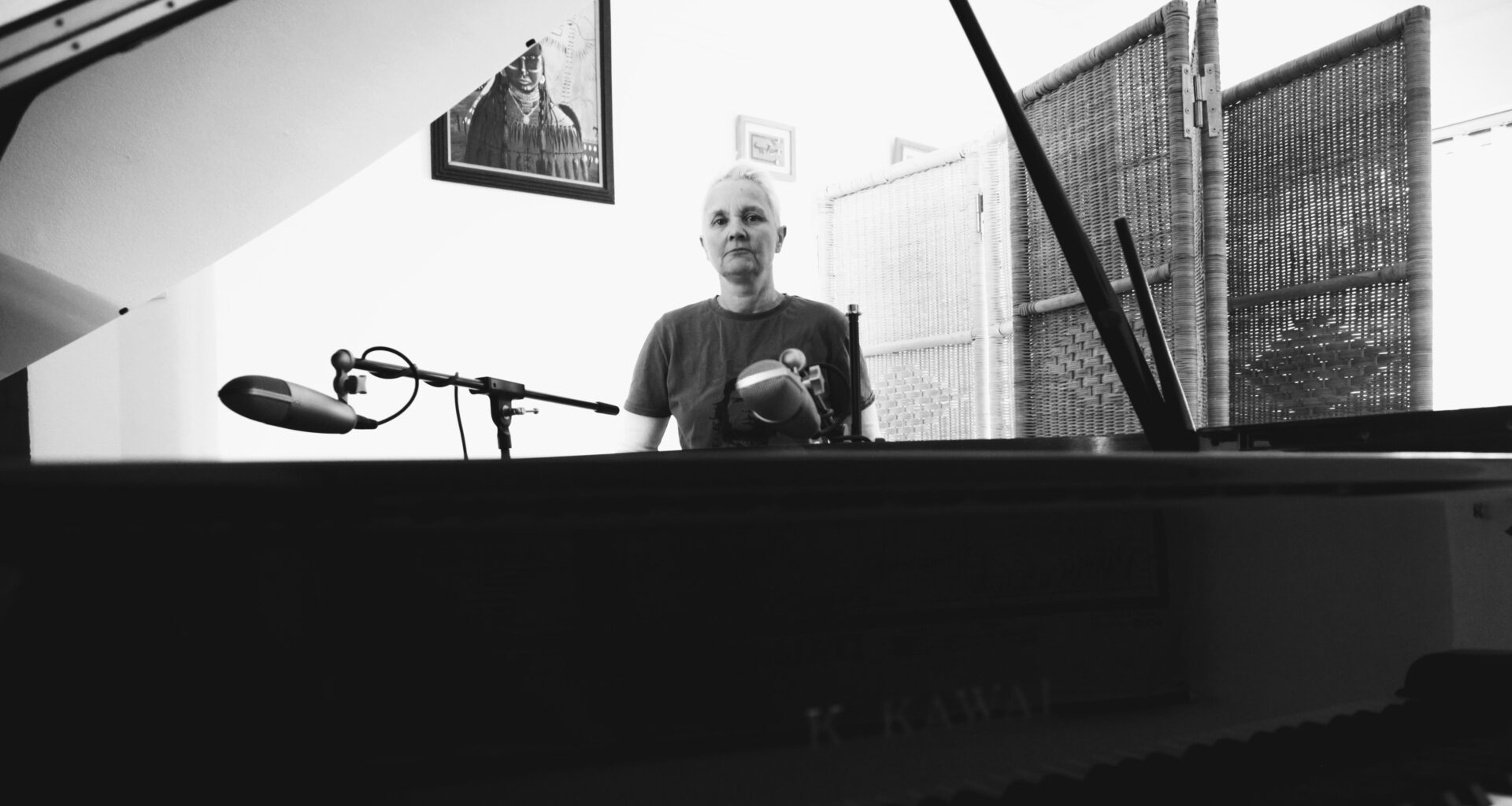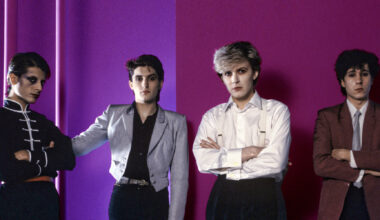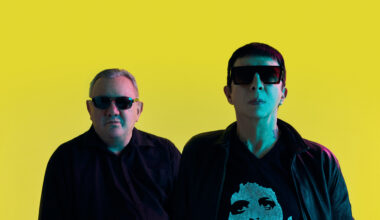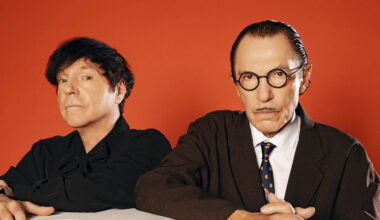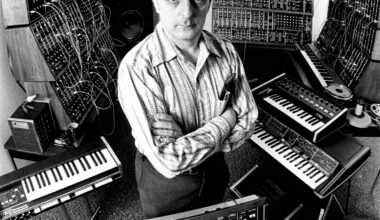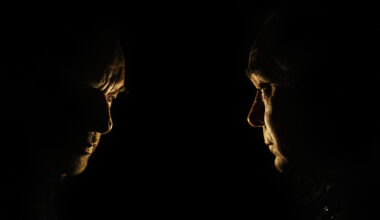From flat-sharing with Soft Cell during their Leeds university days to DJing at London’s legendary Batcave and collaborating with the great and good of art rock and electropop, Anni Hogan has been on one heck of a ride
Want to read more?
Sign up to Electronic Sound Premium to gain access to every post, video, special offers, and more. 100%, all you can eat, no commitment, cancel any time.
Already a premium member? Log in here
